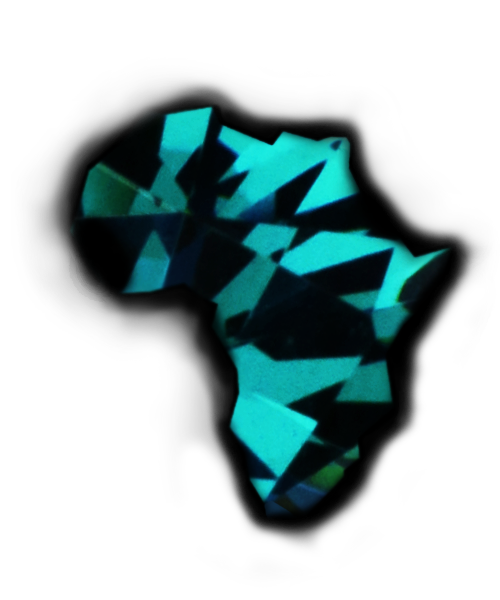Emerald is the green to bluish-green variety of the mineral beryl. Other varieties in the beryl family are aquamarine, morganite and heliodor.
Emerald was mined in Egypt as long ago as 1500 BC. Emerald gets its vibrant green color from trace amounts of chromium and/or vanadium in the crystal structure.
Nearly all emeralds have visible inclusions and fractures called “jardin”, the French word for garden. Emerald has a good hardness of 7.5-8, however due to the inclusions most emeralds are quite fragile and should be treated with care. Emeralds are routinely clarity enhanced with a colorless oil or resin to improve their appearance and stability.
The most important factor in emerald value is color. A vivid, saturated green or bluish-green with a medium to medium dark tone is considered the most desirable. Clarity is less important in emeralds than most other gems.
In Africa, the primary producer of emerald is Zambia. Zambian emeralds are known for their deep, rich bluish-green color and good clarity. Zambia produces about 20% of the worlds emeralds. Another notable source of emeralds is Sandawana in Zimbabwe. Production from this area is very limited but it’s stones are famous for their unrivalled saturation, particularly in small sizes. Nearly all Sandawana emeralds are below one carat in size. Gem-quality Sandawana stones over one carat are extremely rare and command high prices. Other notable sources in Africa include Tanzania, Nigeria, Madagascar and most recently, Ethiopia.
Emerald is the traditional birthstone for May.
No products were found matching your selection.

 $
$
 R
R